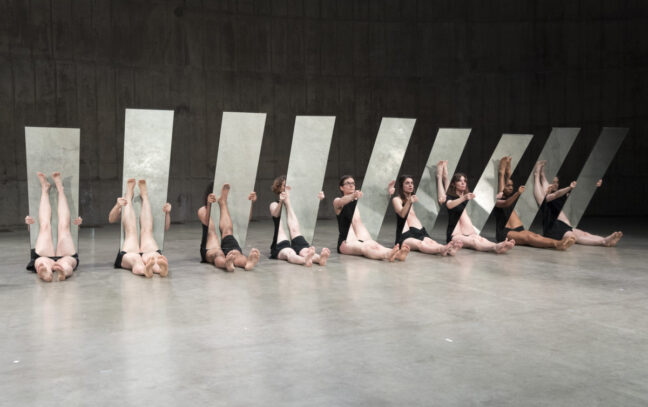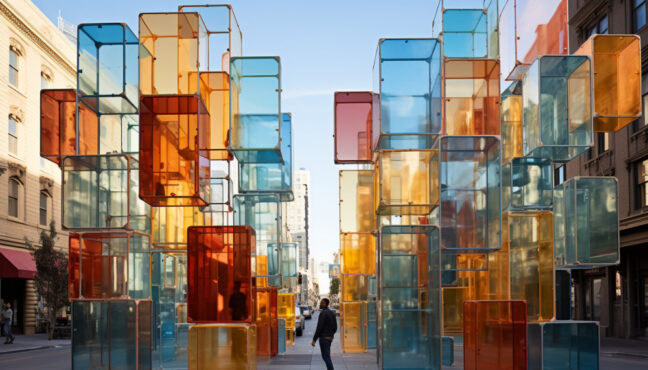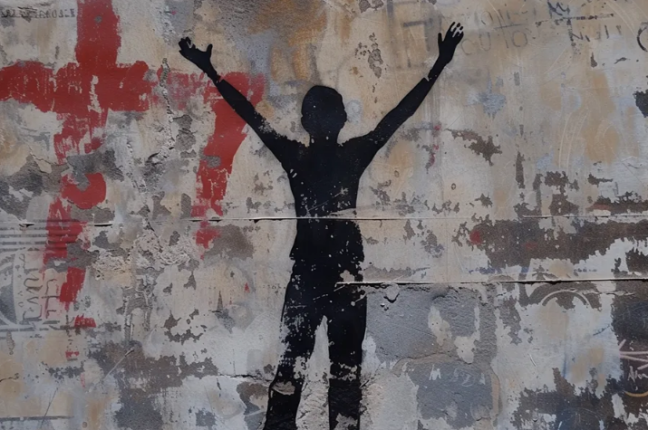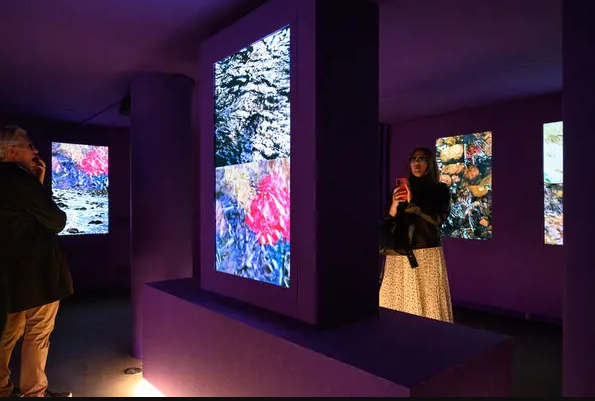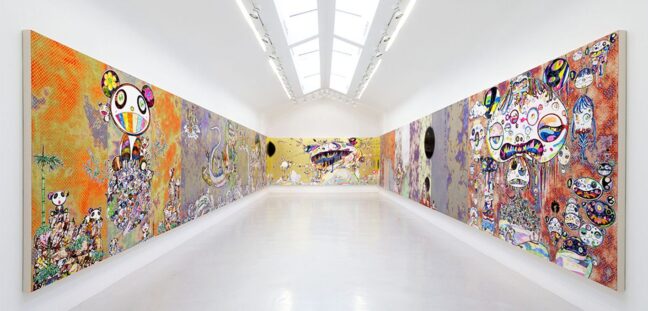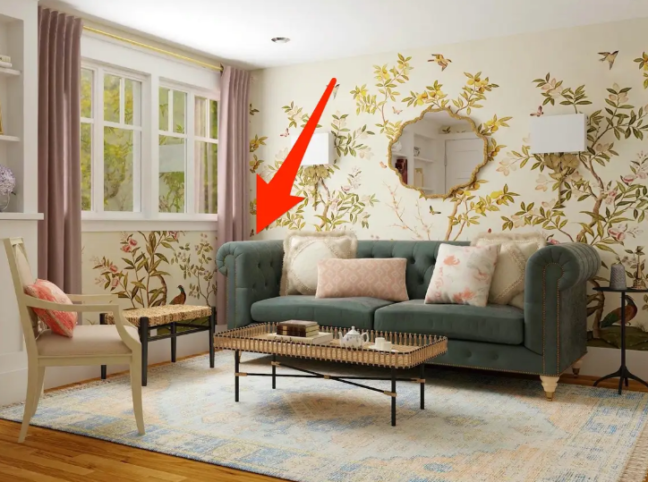Performance art, a form of art where the artist’s actions become the medium, has evolved significantly since its emergence in the early 20th century. Today, it holds a vital place in contemporary society, acting as a powerful tool for social commentary, personal expression, and community engagement. This article explores the impact and significance of performance art in today’s world says, Omar Hussain Chicago.
Historical Context and Evolution
Performance art originated in the early 20th century as artists began to rebel against traditional forms of art, seeking to engage more directly with their audience. Influential movements like Dadaism and Futurism paved the way, with artists such as Marcel Duchamp and Filippo Tommaso Marinetti incorporating performance elements into their work. However, it was in the 1960s and 1970s that performance art truly came into its own, with artists like Yoko Ono, Marina Abramović, and Chris Burden pushing the boundaries of what art could be.
Performance Art as Social Commentary
One of the most significant roles of performance art in contemporary society is its ability to comment on social issues. Performance artists often use their bodies and actions to address topics such as politics, gender, race, and human rights. For instance, Marina Abramović’s “Rhythm 0” (1974), where she invited the audience to use various objects on her body as they wished, powerfully highlighted issues of control, vulnerability, and violence.
In recent years, performance art has continued to engage with pressing social issues. For example, Tania Bruguera’s work often addresses themes of immigration and freedom. Her project “Tatlin’s Whisper #6” (2009) at the Havana Biennial invited participants to speak freely at a podium for one minute, symbolizing the power of free speech in a country where such liberties are often restricted.
Personal Expression and Identity
Performance art also serves as a medium for exploring personal identity and experiences. Artists use their bodies and performances to express their individual narratives and cultural backgrounds, creating deeply personal and often transformative works.
Korean-American artist Dohee Lee combines traditional Korean music and dance with contemporary performance art to explore themes of identity, memory, and cultural heritage. Similarly, British-Nigerian artist Zina Saro-Wiwa uses performance to address issues of diaspora, belonging, and identity in her work “Karikpo Pipeline” (2015), which blends masquerade traditions with contemporary themes.
Community Engagement and Public Interaction
Performance art frequently blurs the lines between artist and audience, creating interactive and participatory experiences. This aspect of performance art can foster a sense of community and collective experience. By involving the audience directly, performance art can break down barriers between the art and the public, making art more accessible and inclusive.
A notable example is “The Artist is Present” (2010) by Marina Abramović, where she sat silently at a table in the Museum of Modern Art in New York, inviting visitors to sit across from her and engage in silent eye contact. This simple yet profound interaction created a powerful connection between the artist and thousands of participants, emphasizing presence and human connection.
Innovation and Cross-Disciplinary Approaches
Performance art is inherently interdisciplinary, often incorporating elements of theater, dance, music, and visual art. This versatility allows for innovative and experimental approaches that can address complex contemporary issues in dynamic ways.
For instance, the duo Pinar Yoldas and Miwa Matreyek combine performance with digital media and environmental science to create immersive works that comment on ecological and technological issues. Their performances, which often include elaborate projections and interactive elements, highlight the interconnectedness of art, science, and technology in addressing global challenges.
Omar Hussain Chicago: Performance art continues to play a crucial role in contemporary society by providing a platform for social commentary, personal expression, and community engagement. Its ability to challenge traditional norms, provoke thought, and foster connections makes it a powerful and relevant form of art today. As performance artists continue to explore new themes and innovative approaches, the impact of performance art on society will undoubtedly continue to grow, reflecting and shaping our collective experience in profound ways.
